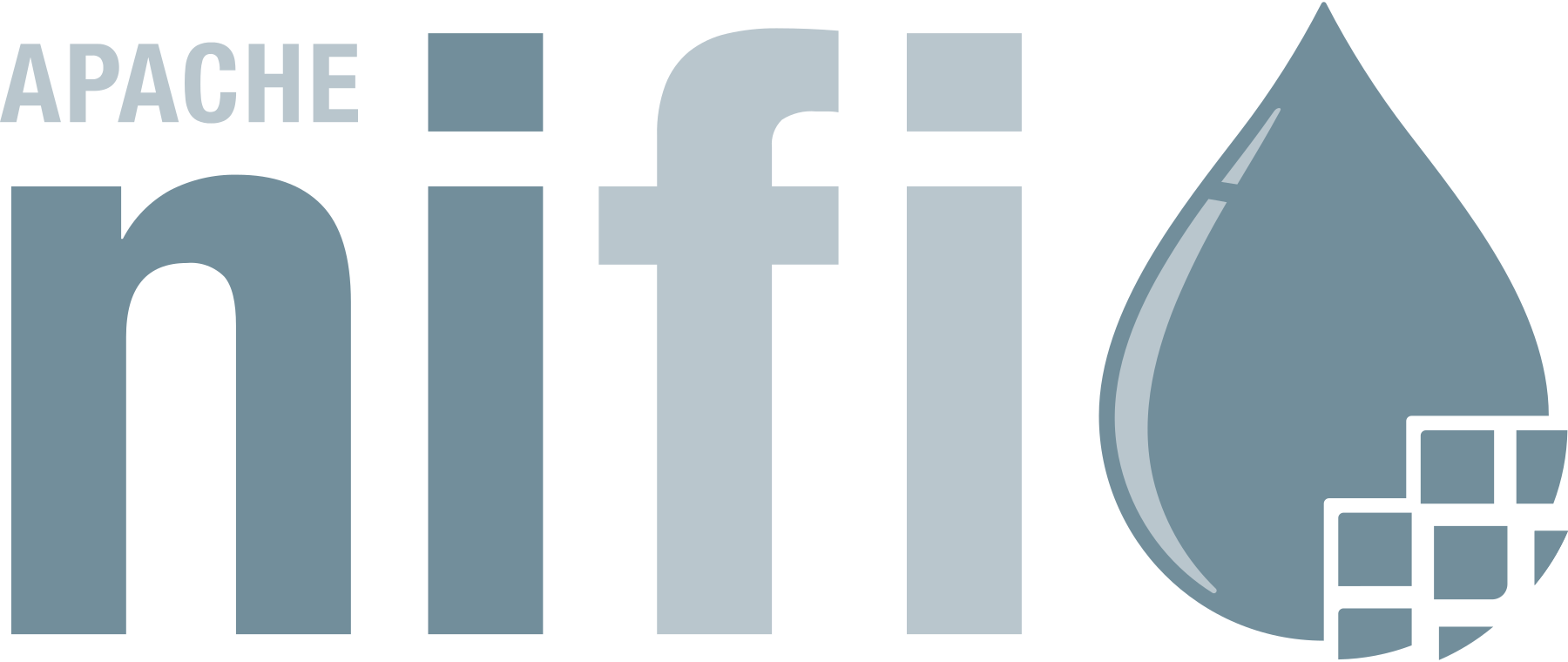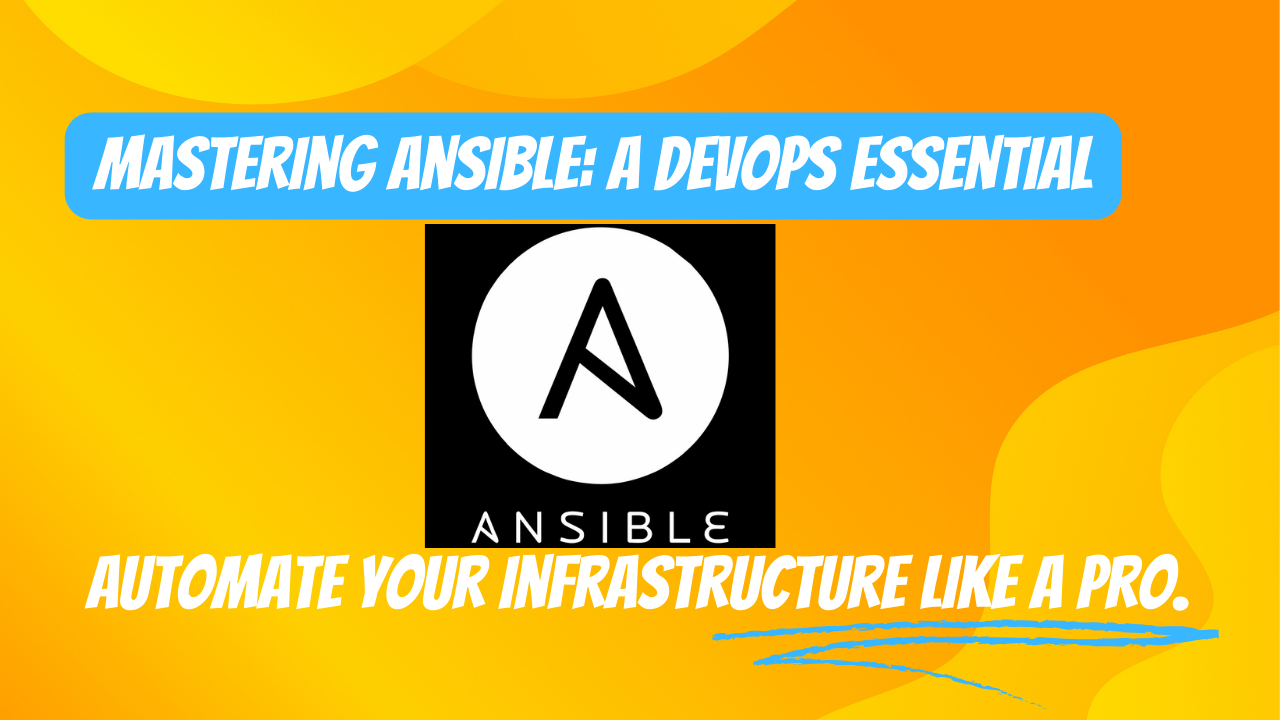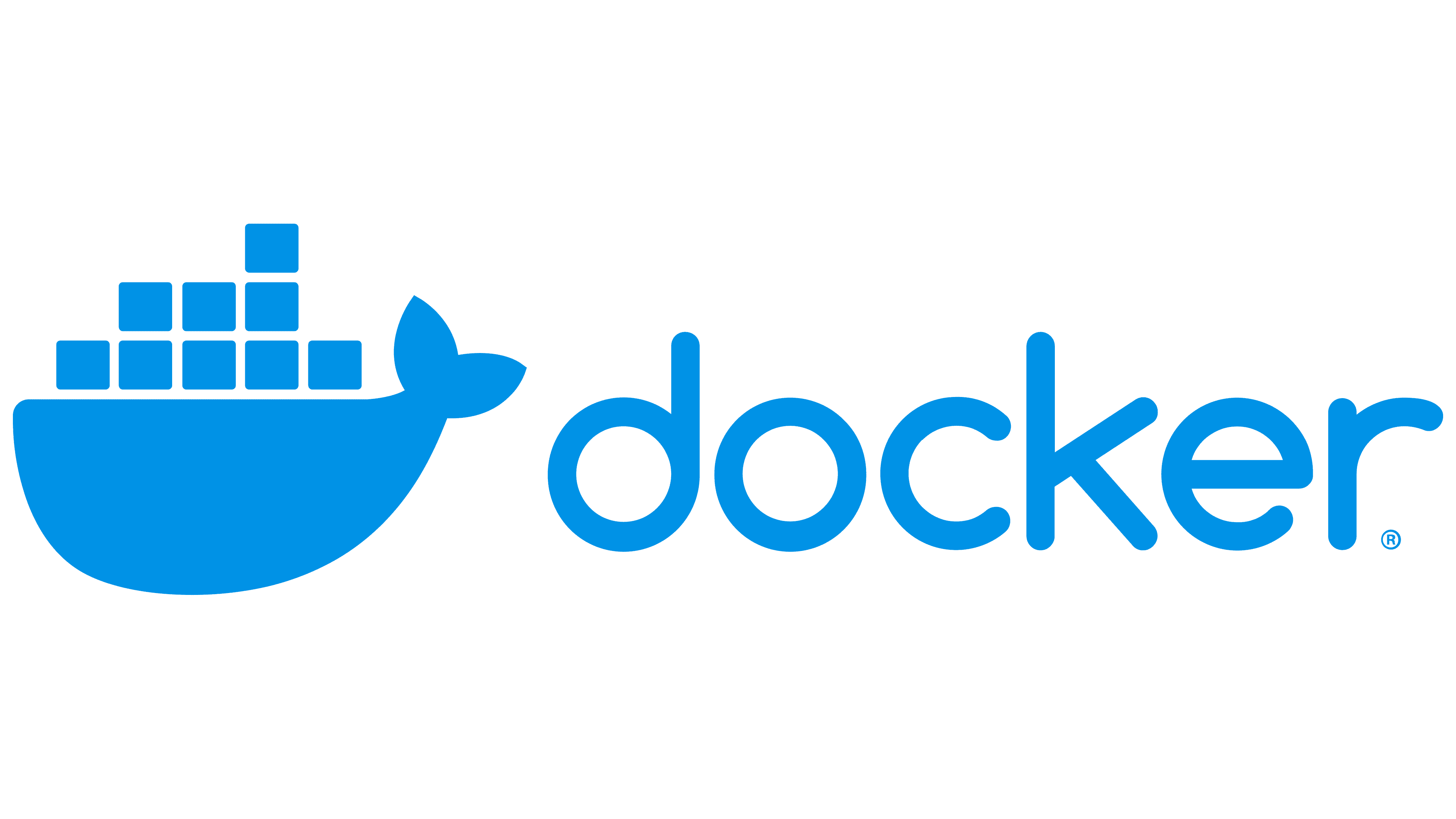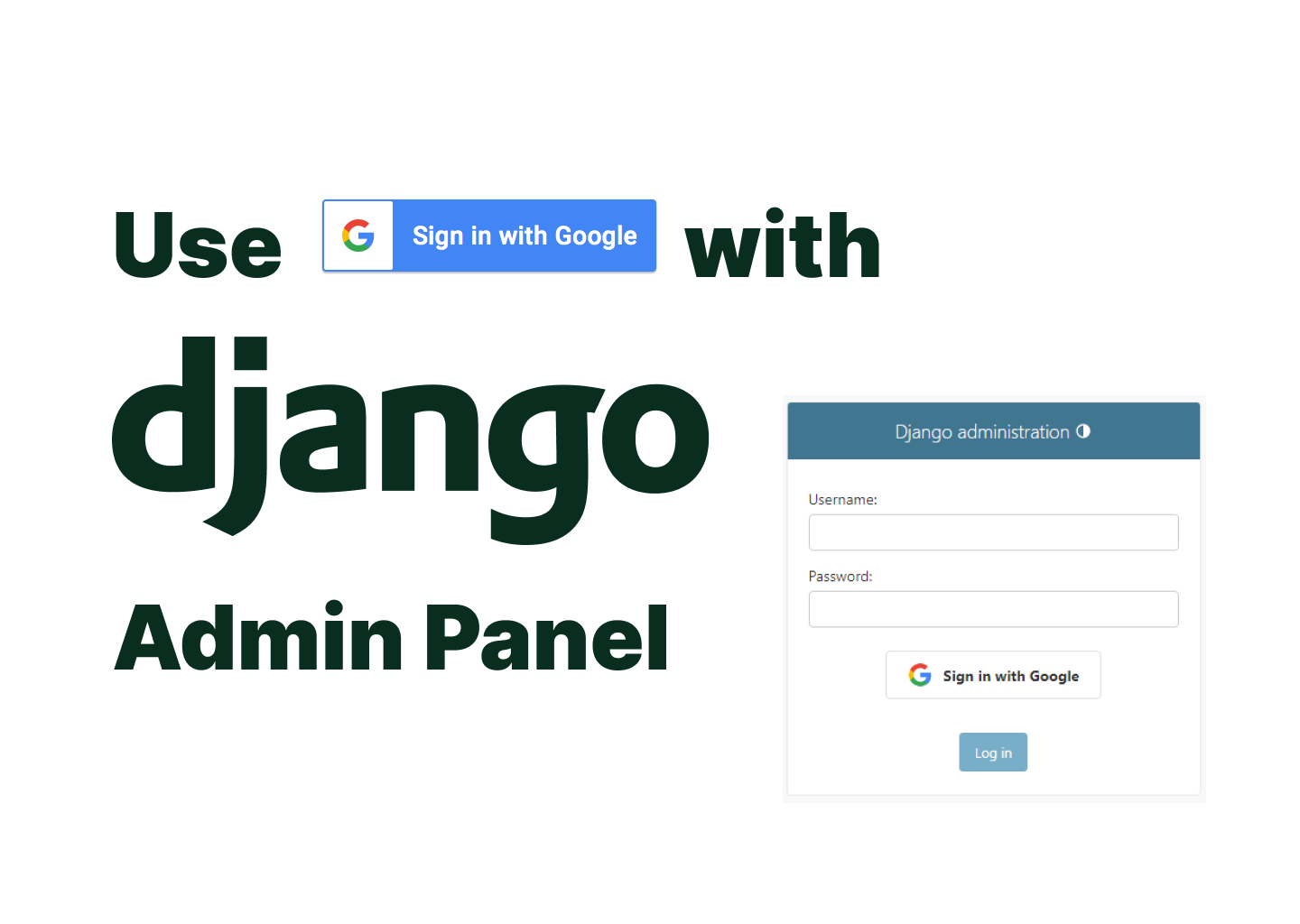This article explores JWT (JSON Web Token) authentication and OAuth, two popular mechanisms for secure information transmission and access delegation in web applications.
JWT authentication is explained in detail, covering its three main components: header, payload, and signature. The article demonstrates how to implement JWT in a Django application using the djangorestframework-simplejwt package.
OAuth is then introduced as an open standard for access delegation, commonly used for token-based authentication and authorization. The article outlines the key components of OAuth and provides a step-by-step guide for implementing OAuth in Django using the django-oauth-toolkit package.
The trade-offs of both JWT and OAuth are discussed, highlighting their respective pros and cons. The article concludes by comparing JWT and OAuth, suggesting ideal use cases for each:
JWT is best for stateless authentication, microservices architecture, and mobile/single-page applications.
OAuth is ideal for authorization delegation, API access control, Single Sign-On (SSO), and third-party integrations.
This comprehensive guide provides developers with the knowledge to choose and implement the most suitable authentication method for their specific use case.




